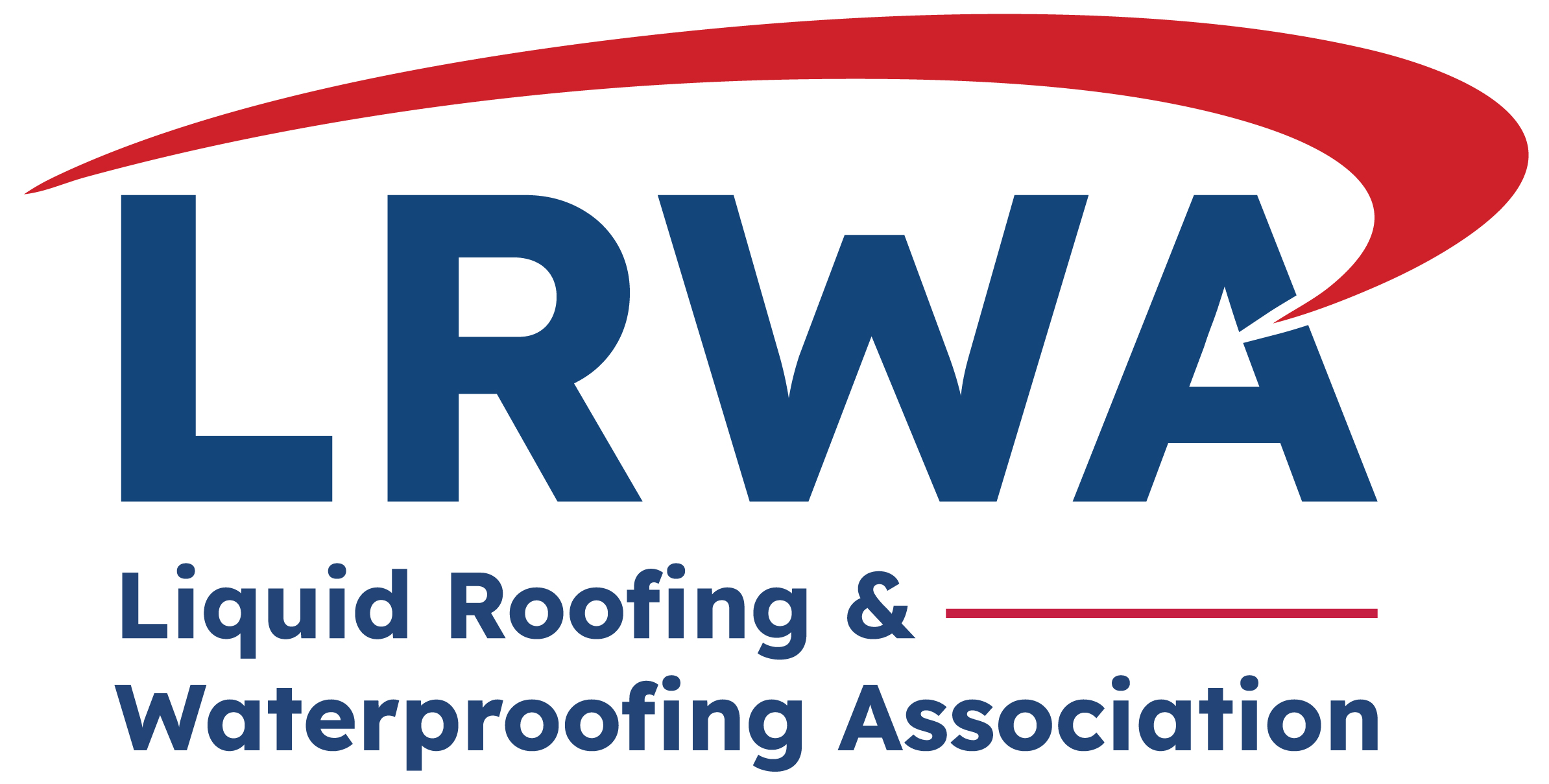
Cold Melt®
Manufacturer: Proteus Waterproofing
Materials: Polyurethane
The Certificate holder provided the following description for the system under assessment. Cold Melt consists of:
- Cold Melt Membrane a two-part, liquid-applied polyurethane consisting of a resin component and a hardener
- Cold Melt DPM Primer a two-part primer consisting of a resin component and a hardener, for use in preparing concrete substrates and polymer-modified sand/cement screeds with a moisture content of between 75% and 98%, prior to application of Pro-Vapour Control/Carrier Membrane SA
- Pro-Prime(1) SA a single-component primer for use in preparing timber and concrete substrates and polymermodified
sand/cement screeds with a moisture content of less than 75%, prior to application of Pro-Vapour Control/Carrier Membrane SA - Pro-Vapour Control/Carrier Membrane SA a 0.6 mm thick, self-adhesive carrier membrane for use over primed
substrates prior to application of Cold Melt Membrane - Pro-Grit 0.7-1.2 mm a kiln-dried quartz sand broadcast into wet Cold Melt DPM Primer, to produce a mechanical
key for sand/cement screeds and bedding mortars when used as an alkali protection layer.

Number: 23/6654
Issue date: 01/11/2024
Approved for use on
Balconies, Terraces & Walkways Blue Roofs Flat Roofs Green Roofs Inverted Roofs Podium Decks Roof Gardens Warm Ballasted Roofs Zero Falls Buried Roofs
The BBA has judged Cold Melt® to be satisfactory for use as a protected waterproofing layer in inverted roofs, flat roofs, podium decks, balconies, warm roofs, green roofs and roof gardens, including zero fall roofs, with limited or pedestrian access.
Substrate
Concrete Insulation Boards Timber
Cold Melt® is suitable for application on the following substrates:
- Precast concrete
- Concrete block
- Timber decks
- Rigid insulation boards
Durability
25 Years
Cold Melt satisfies the requirements for a life of at least 25 years. In the opinion of the BBA, when fully protected and subjected to normal service conditions, the system will provide an effective barrier to the transmission of liquid water and water vapour for the design life of the roof in which it is incorporated.
In situations where maintenance or repair to the protection layer are necessary, the durability of the membrane may be reduced. In these circumstances, the Certificate holder should be consulted.
Installation Requirements
The system should only be installed by contractors who have been trained and approved by the Certificate holder.
Fire Safety
The Certificate holder has not declared a reaction to fire classification to BS EN 13501-1 : 2018 for the system.
On the basis of data assessed, the system will be restricted in use under the documents supporting the national Building Regulations in some cases.
In England, unless covered with a protection with a reaction to fire of class A1 or A2-s1, d0, for example 40 mm thick cast stone slabs, the system must not be used on balconies of residential buildings with a storey 11 m or more in height or balconies of buildings that have a storey at least 18 m above ground level and contain one or more dwellings, an institution, a room for residential purposes, student accommodation, care homes, sheltered housing, hospitals,
dormitories in boarding schools, hotels, hostels or boarding houses.
In Wales, unless covered with a protection with a reaction to fire of class A1 or A2-s1, d0, for example 40 mm thick cast stone slabs, the system must not be used on balconies of buildings that have a storey at least 18 m above ground level and contain one or more dwellings, an institution, a room for residential purposes, student accommodation, care homes, sheltered housing, hospitals, dormitories or boarding schools.
In Northern Ireland, unless covered with a protection with a reaction to fire of class A1 or A2-s1, d0, for example 40 mm thick cast stone slabs, the system must not be used on balconies of buildings that have a storey at least 18 m above ground level and contain one or more dwellings, an institution, a room for residential purposes (excluding any room in a hostel, hotel or boarding house), student accommodation, care homes, sheltered housing, hospitals,
dormitories in boarding schools, nursing homes and places of lawful detention.
In Scotland, the system must not be used on balconies of buildings with a storey at a height of 11 m or more above the ground.
-
Downloads
-
BBA 23/6654 Cold Melt
Document class :
Document type : File
-
Proteus Waterproofing
21a Sirdar Road
Brook Road Industrial Estate
Rayleigh
Essex
SS6 7XF
